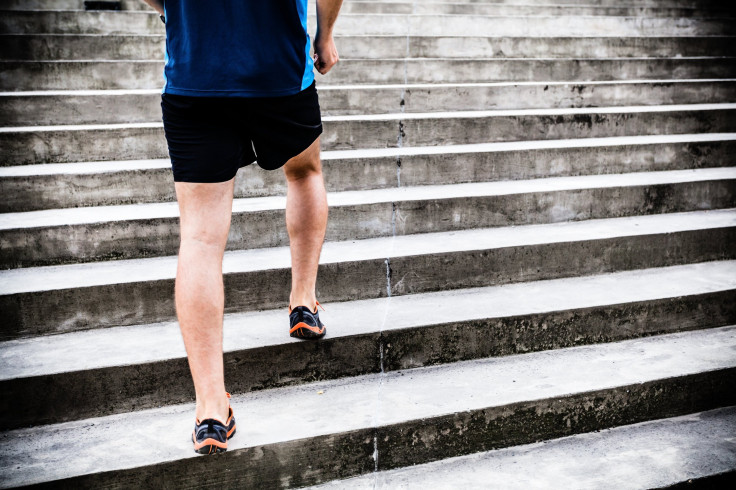‘Fast Exercise’ Doctor Claims 20-Second Workout Helps Lose Weight, Improves Insulin Sensitivity

Like many workout gurus, Michael Mosley likes to brag about how much time he spends exercising — which is very little.
The author of Fast Exercise says physical transformation may be gained in just three 20-second bursts of intense exercise performed three times per week. Short bursts of intense exercise are more helpful than traditional gym routines for losing weight and developing insulin resistance, according to Mosley’s exercise doctrine. Although counterintuitive, science shows that the intensity and stress of exercise is what matters most, rather than the duration of the routine.
Mosley says these short, high-intensity workouts are also good for fighting cancer and diabetes, the latter of which had motivated him to find a new workout regimen.
"Two years ago I discovered I was a diabetic," Mosley told ABC News. "I was a bit overweight. That moved me into … fast exercise. And now I'm 20 pounds lighter and my blood sugars are completely normal. I've gone from diabetic to normal."
As the best-selling author of The Fast Diet, recommending five days of normal chow with two days of fasting, Mosley has a need for speed, and uses his own body as a laboratory experiment. "Stair running is a fabulous form of exercise," he said. "You can do it in any building which has three floors."
But is there any merit to this quackery?
In a 2011 study, Niels Vollaard led a small study at Bath University in which 15 sedentary young men and women — probably undergraduates — participated in a similarly brief high-intensity workout they called “reduced exertion high-intensity training.” During a six-week period, the participants started with a couple of minutes of slow cycling followed by 10-second bursts of high-intensity pedaling. Building on this concept, the final three weeks of the study involved two 20-second bursts of high-intensity bursts, followed again by slower going as the burning muscles recovered.
In the end, the mostly sedentary study participants gained in pulmonary strength, with higher measures of VO2max, the maximum volume of oxygen consumed by the body at a given time. But while women’s sensitivity to insulin failed to improve, men’s sensitivity rose by 28 percent.
Below is a YouTube video from Michael Mosley on the 20-second workout:
Published by Medicaldaily.com



























